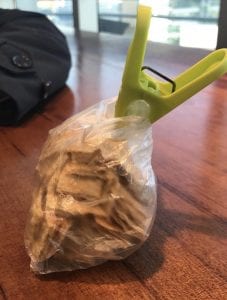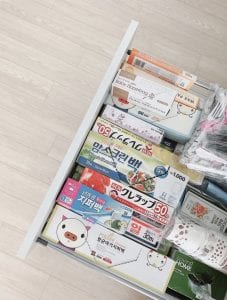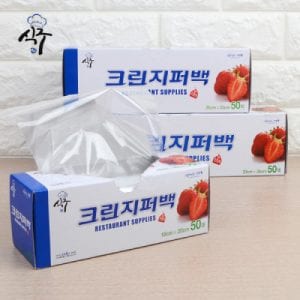


 (Example of the bags- quite different from ordinary plastic bags. More flimsy and thin)
(Example of the bags- quite different from ordinary plastic bags. More flimsy and thin)This is a type of plastic bag that we use very commonly in Korea. I feel like the use of these bags in the US is usually found in the supermarkets for holding fruits or vegetables. But in korea, these big rolls are very commonly found in homes, used to hold food, on top of food containers even with lids to prevent spillage. Zip lock bags in Korea has been introduced only recently a few years ago, and it’s considered quite expensive. But the large quantity and the easily shapable form of these bags are why so many people use it. I use it less here because I don’t usually eat a lot of things that need to be held or anything, but in korea we use it excessively.
The type of plastic is Low-Density Polyethylene, (LDPE) which is number 4 on the key for plastics. Its characteristics are the tensile strength, flexibility and its water barrier properties. Polyethylene is a material used to transport goods like food, powder and all kinds of sorts.
After the bags are collected for recycling, it’s given a second chance to live as other products like floor tiles, furniture, trash cans. LDPE that’s not recycled goes to landfill and consumes petroleum. The company melts the plastic to get rid of other contaminants. They’re turned into thin plastic sheets, sold out to other manufacturers. There are better alternatives than using these plastic bags. I’ve heard that there are beeswax wrapping that is biodegradable to wrap foods and hold foods. And already there are re-usable zip lock bags made out of silicone base materials being sold on Amazon.
Before plastic bags were invented in the 1940’s, food products were wrapped in paper bags or paper. Vegetables, even candy were packed into wrapping papers after measured by weight. When people got home they’d fill the glass jars to keep them at their homes.